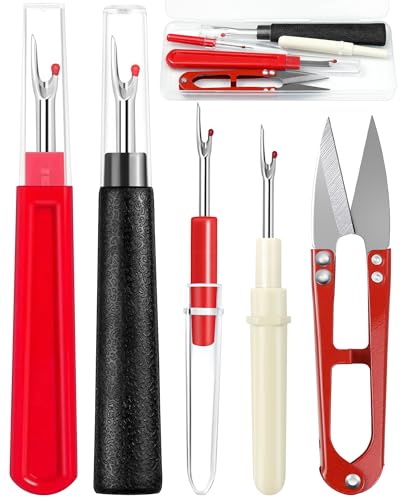In the world of sewing, cutting fabric straight is a crucial skill that can make all the difference in your projects. I remember the frustration of uneven edges and wasted material, but with a few simple tips, you can master this technique in no time.
Tools Needed
Having the right tools makes cutting fabric straight easier and ensures professional results. Here are the essential tools you’ll need:
- Fabric Scissors
Invest in a high-quality pair of fabric scissors. They stay sharp longer and prevent fraying edges.
- Rotary Cutter and Cutting Mat
A rotary cutter allows for smooth, straight cuts, especially with multiple layers. Use a self-healing cutting mat to protect your surfaces and extend the life of your cutter.
- Cutting Ruler
A clear, metal ruler ensures accurate measurements and straight lines. It’s indispensable for precise cutting.
- Chalk or Fabric Marker
Mark your fabric with chalk or a fabric-specific marker. These tools provide visible lines that wash out or can be brushed off easily.
- Pins or Clips
Secure your fabric pieces with pins or clips before cutting. They hold layers in place, preventing shifting.
- Measuring Tape
A flexible measuring tape helps you take accurate measurements for your projects, ensuring consistency and symmetry.
Having these tools on hand will set you up for success as you master the skill of cutting fabric straight.
Preparing Your Fabric
Proper preparation ensures your fabric is ready for precise cutting. Following these steps sets the foundation for straight, accurate edges.
Selecting the Right Fabric
Choosing the right fabric is crucial for beginners. Opt for woven fabrics like cotton or linen, which lie flat and are easier to handle. Avoid stretchy materials until you gain more experience. Thicker fabrics provide stability, making straight cuts simpler. Additionally, select patterns with clear grain lines to guide your cutting process accurately.
Washing and Ironing
Prewashing fabric prevents shrinkage and color bleeding after cutting. Use the recommended settings for the fabric type, then tumble dry or air dry as appropriate. Once dry, iron the fabric to eliminate wrinkles. A smooth surface allows your cutting tools to glide effortlessly, ensuring straight, clean lines.
Measuring and Marking
Accurate measuring ensures your fabric pieces fit together perfectly. I use a flexible measuring tape for precision, especially with curved edges. Start by measuring twice to confirm your dimensions. When marking, chalk or fabric markers provide clear, temporary lines that wash out easily. I always align my ruler flush with the fabric edge to prevent shifting. For straight lines, a clear metal ruler offers stability, while a rotary cutter paired with a cutting mat speeds up the process. Pinning or clipping the fabric layers together before marking helps maintain alignment. These steps minimize errors and set the foundation for straight, clean cuts every time.
Essential Tools for Measuring and Marking
- Flexible Measuring Tape: Ideal for curves and straight lines
- Clear Metal Ruler: Ensures straight, stable lines
- Chalk or Fabric Markers: Provides visible, temporary markings
- Pins or Clips: Keeps fabric layers aligned during marking
- Rotary Cutter and Cutting Mat: Facilitates precise, swift cutting
Tips for Precise Measurements
- Double-Check Measurements: Prevents mistakes by confirming dimensions.
- Use Straight Edges: Align rulers properly to maintain line accuracy.
- Mark Lightly: Ensures lines are visible but easily removed or concealed.
- Keep Fabric Flat: Smooth surfaces avoid distortions when measuring and marking.
- Measure Twice, Cut Once: Reduces waste and ensures accurate cuts.
Common Mistakes to Avoid
- Not Calibrating Tools: Ensure rulers and measuring tapes are accurate.
- Ignoring Fabric Grain: Align measurements with the fabric’s grain for stability.
- Poor Lighting: Use adequate lighting to see markings clearly.
- Rushing the Process: Take your time to maintain measurement accuracy.
- Incorrect Tool Usage: Use appropriate tools for different fabric types and patterns.
By following these measuring and marking techniques, I achieve precise cuts that enhance the overall quality of my sewing projects.
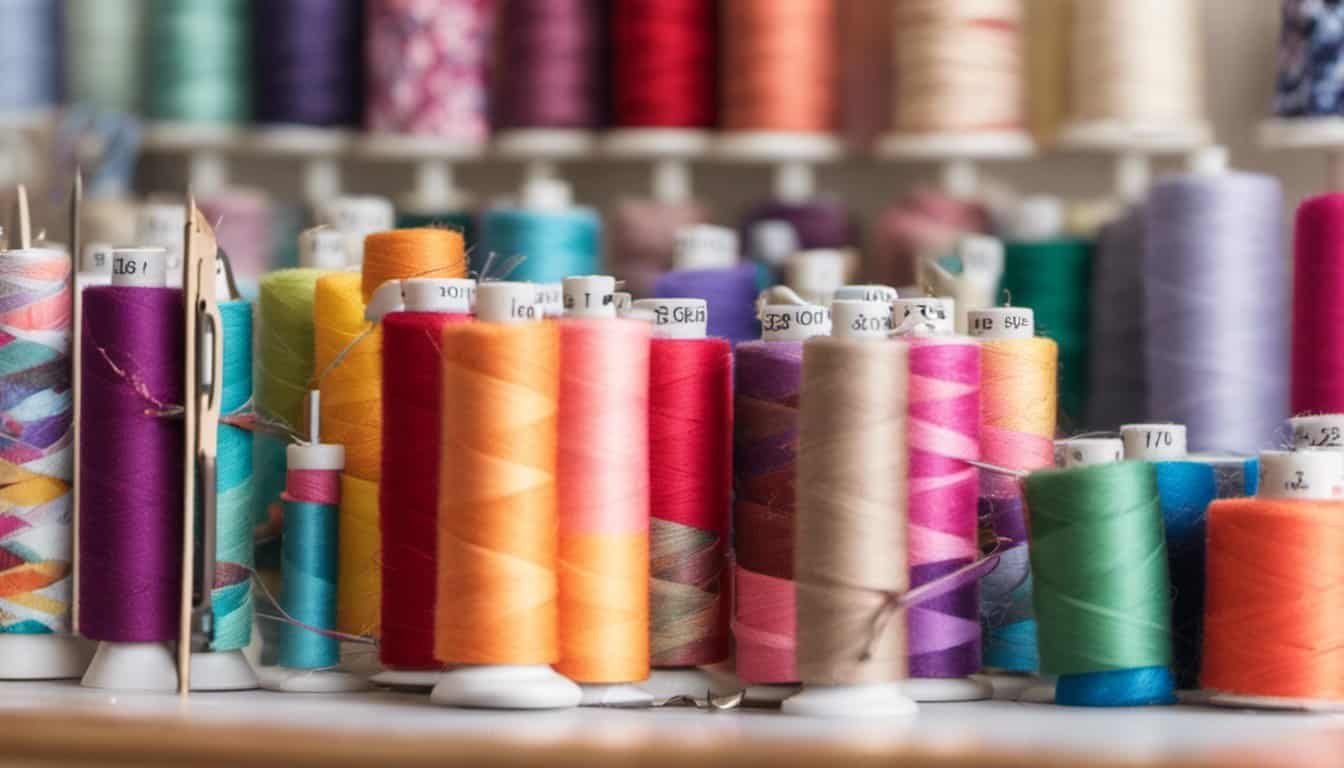
Cutting Techniques
Mastering various cutting techniques enhances precision and efficiency in your sewing projects. Below are methods I use to ensure straight, clean cuts every time.
Using a Rotary Cutter
A rotary cutter streamlines the cutting process, especially for straight lines and multiple layers.
- Choose the Right Blade: Select a sharp, retractable blade to prevent fabric fraying and ensure smooth cuts.
- Use a Cutting Mat: Protect your surfaces and maintain blade longevity by always cutting on a self-healing cutting mat.
- Align Your Fabric: Smooth the fabric and align it against a clear metal ruler to guide the cutter accurately.
- Apply Consistent Pressure: Press the rotary cutter firmly and move it steadily to maintain a straight edge.
- Make Multiple Passes if Needed: For thicker fabrics, make several light passes instead of forcing the cutter through in one motion.
Using Scissors Properly
Proper scissor technique is essential for achieving precise, straight cuts without damaging your fabric.
- Invest in Quality Scissors: Use sharp, high-quality fabric scissors reserved exclusively for cutting textiles to maintain clean edges.
- Positioning: Hold scissors with your thumb in one handle and fingers in the other, keeping them open and aligned with the fabric edge.
- Cut in a Single Movement: Make fluid, continuous cuts without stopping to avoid jagged lines.
- Stabilize the Fabric: Lay the fabric flat and secure it with pins or clips to prevent shifting while cutting.
- Maintain Proper Angle: Keep scissors at a consistent angle relative to the fabric to ensure straight, even cuts.
By implementing these cutting techniques, I achieve professional-quality results and enhance the overall finish of my sewing projects.
Common Mistakes to Avoid
When cutting fabric straight, avoiding common pitfalls ensures your projects turn out neat and professional. Here are some mistakes I frequently see beginners make:
1. Not Calibrating Cutting Tools
« Unlock Quick Results with These Top Machine Hemming Techniques
Transform Your Sewing Skills: What Is a Pick Stitch and How to Sew It »
Using dull or uncalibrated scissors and rotary cutters leads to uneven edges. I always check my tools before starting. Sharpen scissors regularly and replace rotary blades after 10-12 projects to maintain clean cuts.
2. Ignoring Fabric Grain
Fabric grain affects how it lays and cuts. I align patterns with the grainline marked on the fabric. Cutting against the grain can cause your pieces to stretch or distort, ruining the fit of your project.
3. Rushing the Cutting Process
Hurrying leads to mistakes. I take my time to measure and mark accurately. Cutting slowly allows for precise adjustments, especially on complex patterns or multiple fabric layers.
4. Skipping Fabric Preparation
Skipping steps like washing and ironing causes fabric to shrink or wrinkle later. I always pre-wash and press my fabric before cutting. This ensures your cuts remain straight and your finished project fits correctly.
5. Incorrect Measuring Techniques
Accurate measurements are crucial. I use a flexible measuring tape and double-check all measurements before marking. Incorrect measurements result in pieces that don’t fit together, compromising the entire project.
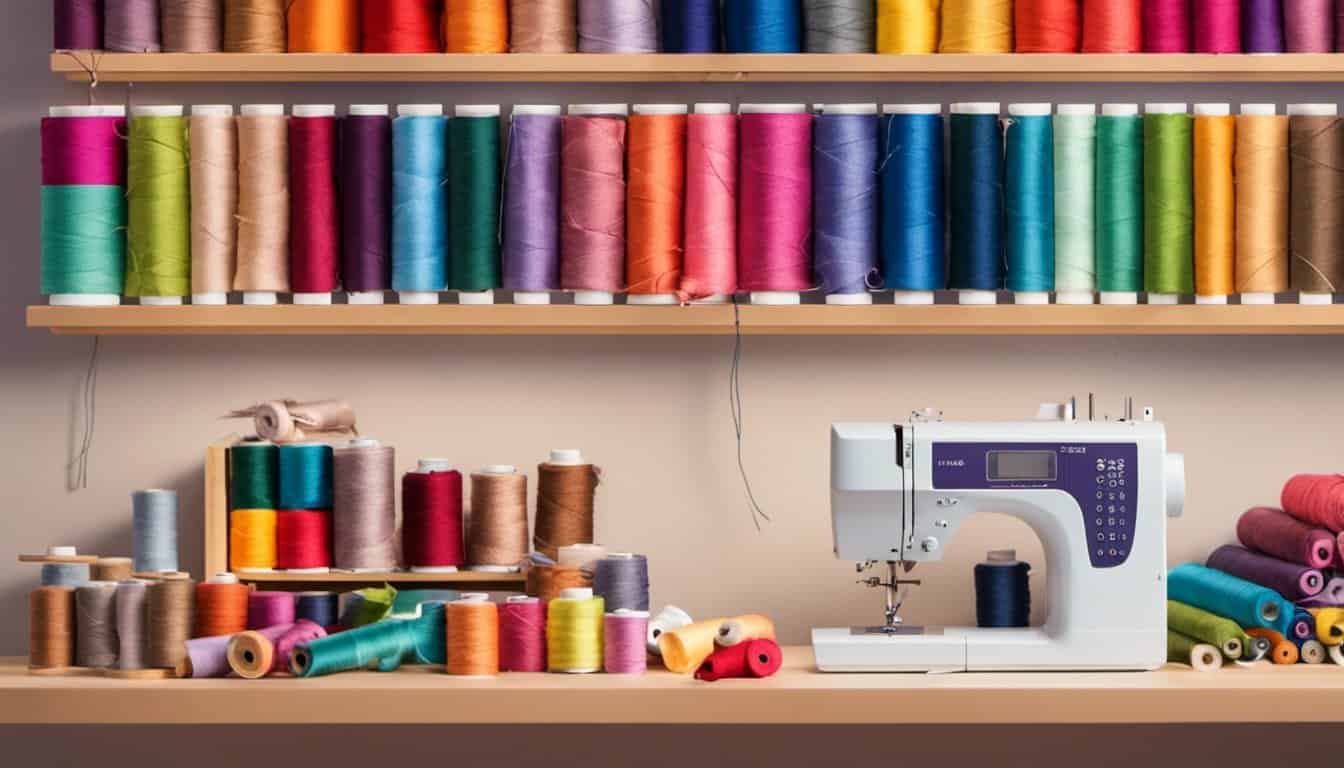
6. Poor Marking Practices
Faint or unclear markings lead to inaccurate cuts. I use high-contrast fabric markers or chalk for visibility. Aligning a ruler flush with the fabric edge prevents shifting lines, ensuring straight cuts every time.
7. Using the Wrong Cutting Method for Fabric Type
Different fabrics require different cutting techniques. I choose sharp scissors for woven fabrics like cotton and use a rotary cutter for multiple layers. Selecting the appropriate method avoids fraying and uneven edges.
8. Not Stabilizing Fabric Properly
Unstable fabric moves during cutting, causing jagged lines. I pin or clip fabric layers securely to a cutting mat. Stabilizing the fabric keeps everything in place, making straight cuts easier to achieve.
By avoiding these mistakes, I ensure my fabric cuts are straight and my sewing projects come together smoothly.
Tips for Success
Achieving straight fabric cuts requires attention to detail and the right techniques. Here are key strategies to ensure precision in your sewing projects:
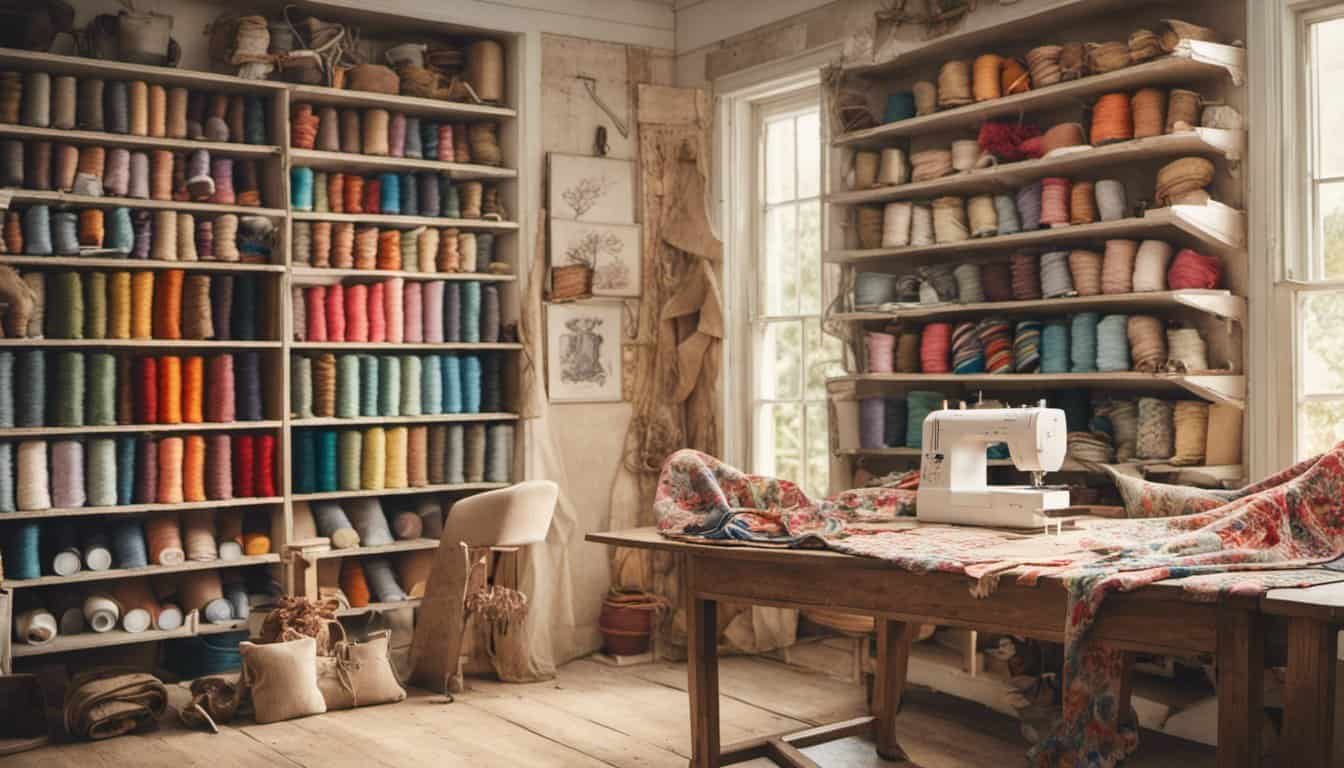
- Measure Twice, Cut Once
Accurate measurements prevent fabric wastage and ensure pieces fit correctly. Use a flexible measuring tape and double-check dimensions before marking.
- Use Quality Tools
Invest in sharp fabric scissors and a reliable rotary cutter. High-quality tools maintain clean edges, reducing the risk of jagged cuts.
- Stabilize Your Fabric
Pin or clip fabric layers securely. Proper stabilization prevents shifting during cutting, resulting in straight lines.
- Follow Fabric Grain
Align patterns with the fabric’s grain. Cutting against the grain can cause distortion and uneven edges.
- Maintain Consistent Pressure
Apply even pressure when using rotary cutters. Consistent force ensures smooth, uninterrupted cuts.
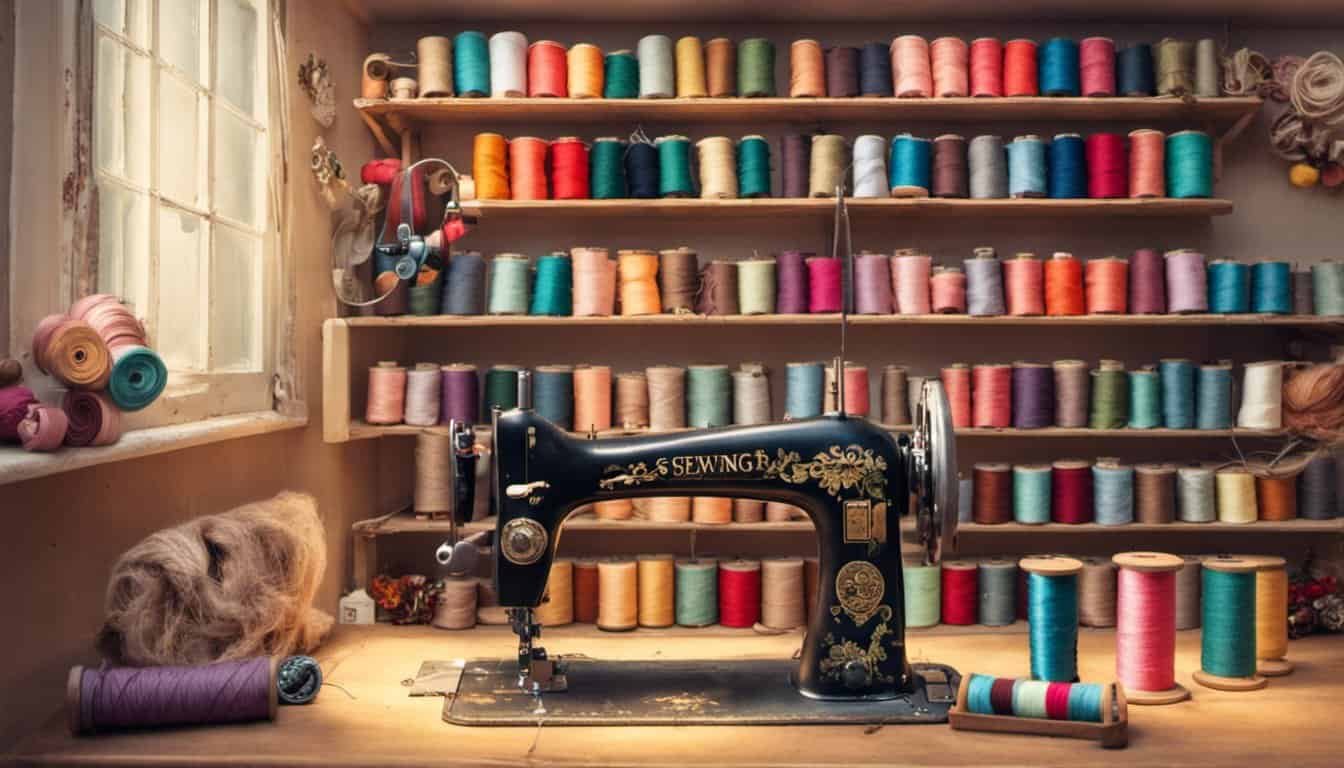
- Choose the Right Cutting Surface
Use a self-healing cutting mat to protect blades and provide a stable base. A proper surface enhances cutting accuracy.
- Mark Clearly and Precisely
Use chalk or fabric markers to outline cutting lines. Clear markings guide your cuts and maintain straightness.
- Take Your Time
Rushing increases the likelihood of errors. Allocate sufficient time to measure, mark, and cut carefully.
- Practice Regularly
Frequent practice hones your cutting skills. Consistent practice leads to improved precision and confidence.
Implementing these tips enhances your ability to cut fabric straight, leading to professional-quality sewing projects.

Conclusion
Seeing my fabric pieces come together with clean straight lines is incredibly satisfying. It really makes a difference in the final look of any project.
Having the right tools and taking the time to prepare properly has transformed how I approach sewing. Each cut becomes more precise and my confidence grows with every project.
I’m excited to continue honing this skill and watching my creations turn out beautifully. Here’s to many straight and successful cuts ahead!











